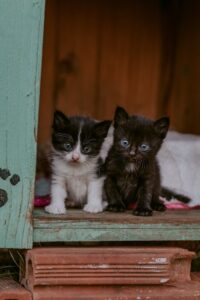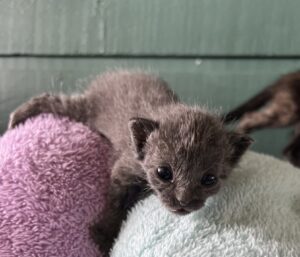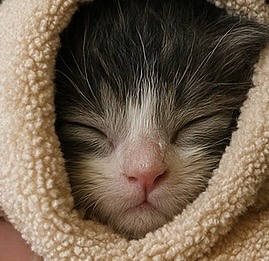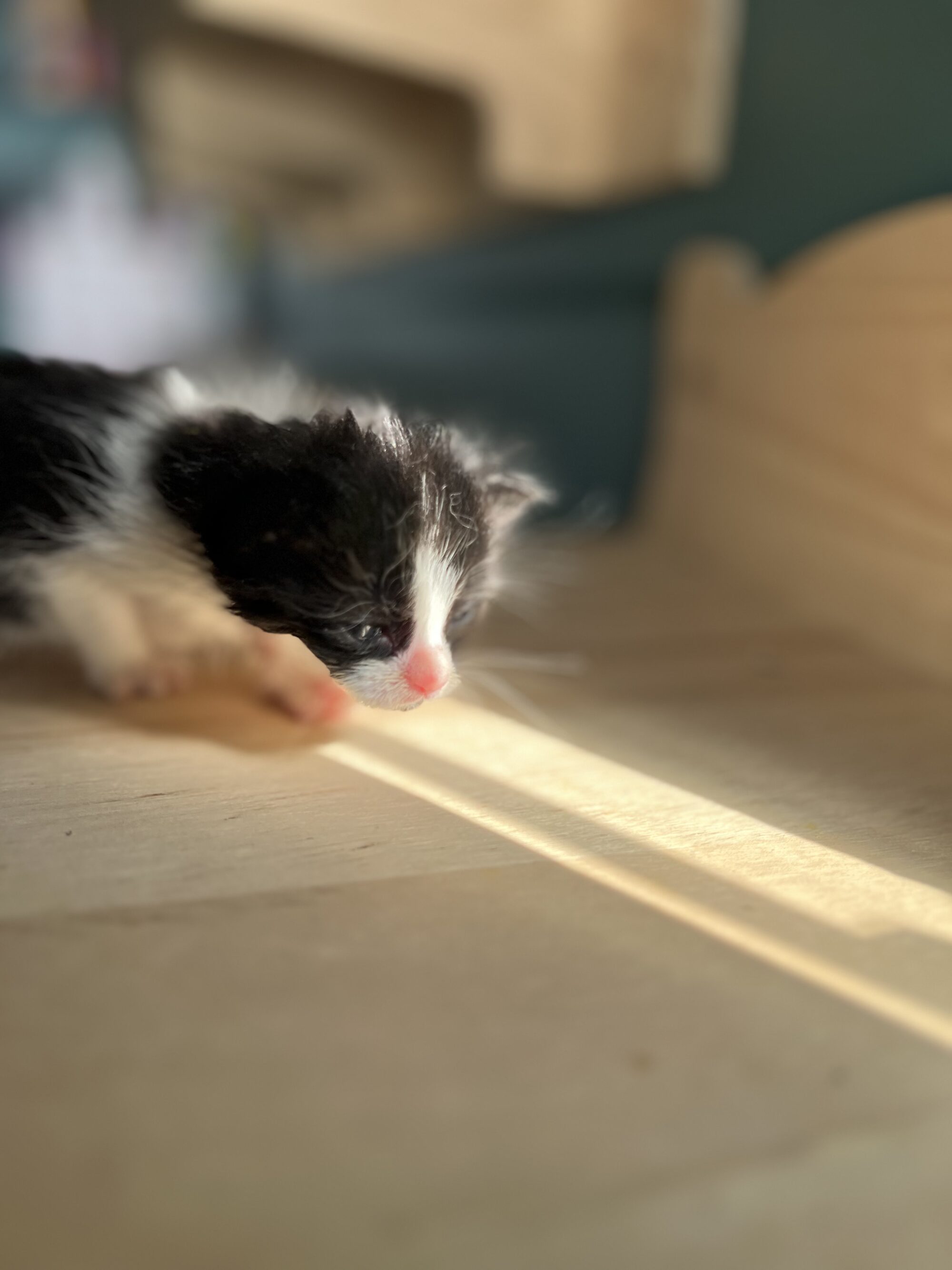As someone deeply involved in cat rescue, I’ve faced heartbreak and hope in equal measure. But nothing prepared me for the emotional and logistical storm that came with Feline Panleukopenia Virus—commonly known as FPV or feline distemper.
This blog post isn’t just a reflection on what we went through. It’s also a plea to fellow cat lovers and rescuers to understand this devastating virus, the importance of quarantine, and why sometimes, saying no to taking in a stray is actually an act of love.
What Is FPV?
Feline Panleukopenia Virus is a highly contagious and often deadly disease caused by a parvovirus. It attacks rapidly dividing cells—particularly in the bone marrow, intestines, and developing fetuses. It can survive in the environment for up to a year, which makes decontamination a challenge even under ideal circumstances.
It spreads through bodily fluids, contaminated surfaces, litter boxes, food bowls, or even on your clothes and shoes. Unvaccinated kittens are especially vulnerable.
Symptoms to Watch For
FPV symptoms can progress shockingly fast, especially in kittens. They may include:
- Lethargy and sudden weakness
- Vomiting and/or diarrhea (sometimes bloody)
- High fever or a sudden drop in body temperature
- Loss of appetite
- Dehydration
- Sudden death in severe cases
Sometimes, the early signs are subtle. A kitten might just seem “off.” That was our first clue—one of our fosters, who had been playing the day before, suddenly became quiet and wobbly.
The Silent Threat: Incubation Period
One of the most heartbreaking things about FPV is how stealthy it is. The incubation period (the time between exposure and symptoms) is typically 2 to 10 days. During that time, a cat may appear completely healthy—and still be shedding the virus to others.
That’s what makes FPV so dangerous in a rescue setting. We thought we were being careful. We were being careful. But it only takes one kitten, already exposed and not yet showing signs, to put the whole population at risk.

The Reality: Not All Strays Can Be Taken In Immediately
I know how hard it is to see a stray kitten on the street or hear about one on social media and not rush to take them in. It feels cruel, like leaving them to suffer. But after this experience, I’ve learned that bringing an unknown stray into your home or rescue without quarantine can be a death sentence for the cats already in your care.
The virus doesn’t care that your heart is in the right place.
That’s why a strict quarantine protocol—at least 10 days, possibly more—is not optional. This means separate airspace, no shared supplies, gloves, shoe covers, and bleach disinfection.
The Numbers: Why It’s So Devastating
Here’s the brutal truth:
- FPV has a mortality rate of 90% or higher in untreated kittens.
- Even with aggressive veterinary care, survival rates range between 20%–50%.
- Many kittens die within 12–24 hours of showing symptoms.
In our case, we lost four- 13 day old kittens within a day. We had the litter for exactly 10 days and within 24 hours all four stopped eating and started to fade. I am so thankful we followed quarantine protocols but worry constantly about cross contamination.
Moving Forward: What You Can Do
- Vaccinate your cats. The FPV vaccine is effective and widely available. Kittens should begin receiving their series at 6–8 weeks old, with boosters until at least 16 weeks.
- Don’t pressure rescues to take in every stray. Instead, offer to help with quarantine space, transport, or funding.
- Be honest about exposure. If a kitten came from a risky environment, don’t hide it—transparency saves lives.
Foster with caution. Quarantine is not optional, even if a kitten “looks healthy.”

A Hard Lesson
I still think about the kittens we lost. I replay what-ifs in my head. Could we have caught it sooner? Been stricter with protocols? Maybe. But viruses like FPV don’t care about maybes.
What I do know is that we’re stronger and smarter now. And I hope that by sharing this, someone else can avoid the pain we went through.
If you’re part of a rescue, please share this post. If you’ve never heard of FPV until now, please remember these stories. And if you ever wonder why a rescue can’t just say yes to “one more kitten,” now you know.
It’s not about being heartless.
It’s about protecting the hearts—and lives—we’ve already committed to.
With love and caution,
Katie Gill
The Kitten Rescue


